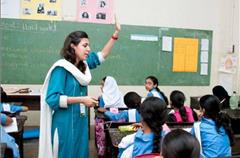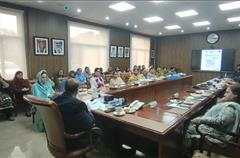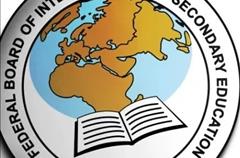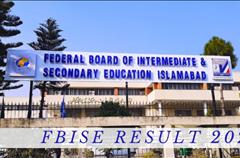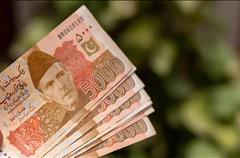Islamabad, The embassy of Germany, in pursuance of its policy to encourage cultural interaction, has arranged for a series of lectures by Mariano Akerman, titled ‘German Art: Its Peculiarities and Transformations’, the first of which was held at the embassy auditorium on Wednesday evening.
The lecture was attended by art lovers and artists - some known, others ‘closet’ painters - and people who just wanted to increase their knowledge of art as a whole.
Welcoming the audience, head of the cultural section, Katharina Lack, said it was a privilege to be able to hold a lecture on German art, something they had wanted to do for a long time but did not have the requisite means. Adding that they were lucky to have an expert like Mariano Akerman at hand, she said she hoped they would enjoy this unique experience and then introduced the artist.
Mariano Akerman is a born lecturer and his lectures are interesting, not only for their content but also because of the passion he puts in to explain the subject matter to the audience - serious facts interspersed with a little personal opinion and a touch of humour, making an appealing mix that keeps the audience’s attention riveted. As usual, there was a very positive response to his lecture, which began by him explaining a little about his own evolution as an artist - he decided he wanted to be an artist at an early age - but along with that he felt he needed to study the history of art to understand the various stages it has undergone and its recognition as a cultural identity.
The lecture was too detailed to present here but basically the artist said German culture is not like any other culture - a German will have a different perspective from someone who looks from the outside. He went on to talk of the “the contribution of German artists and their colleagues working in Germany; the development of the print as an expressive means in its own right; outstanding formulations concerning the grotesque (aesthetical category), the subjective approach of Romanticism, which involves considering the visible together with the spiritual; incursions in Impressionism and Art Nouveau; the conjunction of Primitivism with the soul; the simplification of the image leading to abstraction in 20th century art, sharp criticism of the bourgeoisie and the aftermath of WWI; the exploration of the absurd and the apparently irrational nature of dreams and a logical amalgamation of the arts and crafts in order to supply normative archetypes to the industry as developed in the Bauhaus.” (The Bauhaus was a place where artists from many countries and many cultures came together to make a difference to the way we perceive art and develop a universal standard for items of daily use - for instance a uniform system of electricity so that gadgets can be used around the world and so on).
Explaining that the birth of modern art came after the war when realistic art was not popular and artists depicted what they saw in their own way, using symbols to depict their thoughts on historical matters - something which was not understood by everyone. But, Mariano said, the artist should not only look with the eyes, he should close them and look into his heart and soul, otherwise what he makes is not art. German art was not only about having something pretty or abstract to hang on the wall but a depiction of its history down the ages. Sad to say, quite a lot of it was destroyed during and after the war by the Nazis because they thought it was ‘degenerate.’
Born in Buenos Aires in 1963, Mariano Akerman studied at the School of Architecture of Universidad de Belgrano (Argentina). Living abroad since 1991 and specialising in visual communication, Akerman is an experienced educator. He lectures on modern art at renowned institutions such as the Museo Nacional de Bellas Artes in Buenos Aires, the National Museum of the Philippines in Manila, the National University of Modern Languages in Islamabad, the National College of Arts (Lahore and Rawalpindi) and Beaconhouse University in Lahore. An artist himself, he has been exhibiting his paintings, drawings and collages since 1979. He has been awarded with twelve major international prizes. His art is featured in various collections, including those of the Musee National d’Art Moderne in Paris and the National Public Art Council of Sweden.




.gif)












